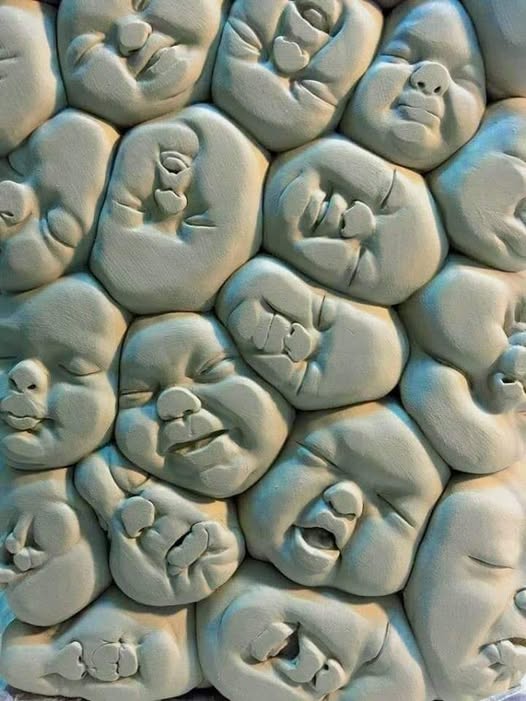
Michael Prodger at The New Statesman: One of the most compelling works at the King’s Gallery, for example, is Raphael’s Christ’s Charge to Peter, c1514, an offset drawing made by rubbing a dampened sheet of paper on the original chalk drawing to obtain a reverse impression. The design was for a tapestry, but its real merit is not simply in displaying Raphael’s extraordinary facility and finesse but his gift for transubstantiation. Artists did not always draw from the life but used lay figures, wax models and sculpture too; the models for Raphael’s figures, however, were his ragazzi – his studio assistants and collaborators – and he shows them in the loose shirts, mantles and hose they wore in the workshop.
However, these young men, living and working in the bustle of Rome, become, under Raphael’s hand, Christ and the Disciples, robed, timeless and expressive of intense drama and faith. But the drawing also shows something of Raphael’s wonder at his own skill and the possibilities of the medium: the clothes of his models would not appear in the finished work yet in places, his gaze fixed on the point of his chalk, he drew the folds and shadows of the fabrics with greater care than he did their limbs.
By way of contrast, when, around 1550, Titian was confronted with a different type of marvel – an ostrich imported to Venice from north Africa – he captured its fluffed haughtiness on a large and expensive sheet in broad, rapid and confident sweeps of chalk. Each mark reveals an artist both startled and fascinated but with the dexterity to make a portrait of this outlandish bird in real time. It is squared up for later use on an oil painting.
But there are delights everywhere, whether the delicacy of Fra Angelico’s Bust of a Cleric, c1447–50, the sweetness of Federico Barocci’s heads or the flitting imaginations and nibs of the Carracci clan who ran an art academy in Bologna and supposedly “ate and drew at the same time, bread in one hand and chalk or charcoal in the other”.
More here.


